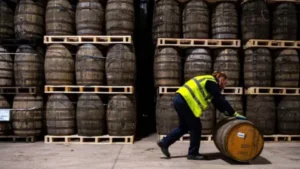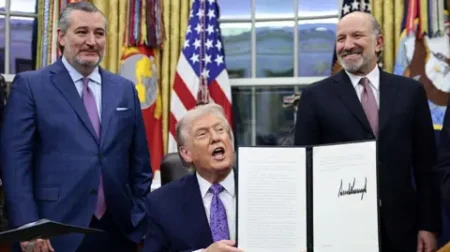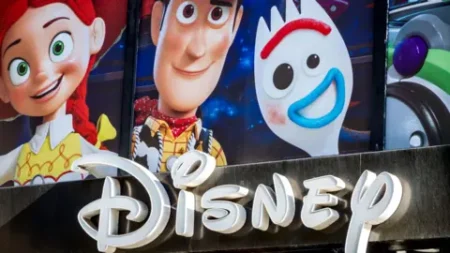Tesla recently initiated its much-anticipated robotaxi service with a silent launch in Austin, Texas, marking a significant development in the future of autonomous transportation. The rollout occurred on a Sunday, where a limited number of robotaxis hit the roads, inviting analysts, influencers, and shareholders to experience the service as part of a paid ride initiative. Although the service’s debut was low-key, it signals a formidable effort from Tesla to carve a niche for itself amidst burgeoning competition in the self-driving taxi sector both in the United States and overseas.
Videos shared by Tesla on the social media platform X showcased participants enjoying rides in this new service. Importantly, each of the robotaxis was accompanied by a human operator seated in the passenger side, underscoring a cautious approach taken during the early phase of operation. Industry analysts observed that this strategy highlights Tesla’s ambitions to contend with existing self-driving taxi operators like Waymo, owned by Google’s parent company, Alphabet, and others such as Amazon’s Zoox, which are already making strides in various cities.
Elon Musk, the CEO of Tesla, credited the company’s artificial intelligence teams and chip design divisions for their relentless efforts, which he described as the culmination of an entire decade’s worth of work. In a light-hearted manner, Musk conveyed that customers would pay a nominal flat fare of $4.20 for each ride, which he purportedly shared through a post on X. While the fleet showcased in Austin did not comprise the much-discussed Cybercab—a futuristic taxi design unveiled in October during Tesla’s “We, Robot” event—it utilized existing Tesla models featuring a small “robotaxi” identifier.
As discussions around the launch ensued, Forrester analyst Paul Miller noted the pilot’s subdued nature, stating only a limited number of vehicles are operational and confined to a specific section of the city, necessitating the presence of a safety driver to navigate unexpected situations. However, this initiative emphasizes Tesla’s aspirations to rival its competitors who have established themselves in the driverless taxi landscape. With the likes of Waymo actively conducting trials in cities including Austin, San Francisco, and Phoenix, the competition is robust.
In the face of an increasingly competitive arena, analysts assert that Tesla’s leverage lies in its significant vehicle delivery volume, the invaluable data it compiles from its cars, and its transformative camera-based self-driving technology. Miller contends that these advantages might allow Tesla to overcome its current position and ascend past rivals. Nonetheless, the path forward hinges on the refinement of its advanced driving system, known as Full Self-Driving (FSD).
This system has previously attracted scrutiny from U.S. auto regulators along with ongoing customer complaints regarding safety concerns. Miller raised the potential issues that could arise if FSD fails to advance significantly beyond existing driver-assistance technology. He cautioned that Tesla’s reliance on remote monitoring and teleoperating safety drivers, if necessary, could inflate operational costs while also presenting opportunities for public relations challenges represented by odd incidents involving robotaxis.
With the nascent self-driving taxi market expanding rapidly, observers project significant financial potential in the next decade. Notably, German auto manufacturer Volkswagen foresees a market expansion to approximately €450 billion by 2035, as highlighted by a recent elaborate analysis from Fortune magazine. However, skepticism persists regarding the safety of automated vehicles, with Tesla confidently claiming that its service would significantly enhance safety for vulnerable road users like pedestrians and cyclists.
As Tesla pushes forward into this complex and competitive landscape, continued scrutiny from regulatory bodies, further advancements in technology, and the alignment of safety measures will play pivotal roles in the success of the robotaxi initiative and Tesla’s broader influence in the autonomous vehicle market.











